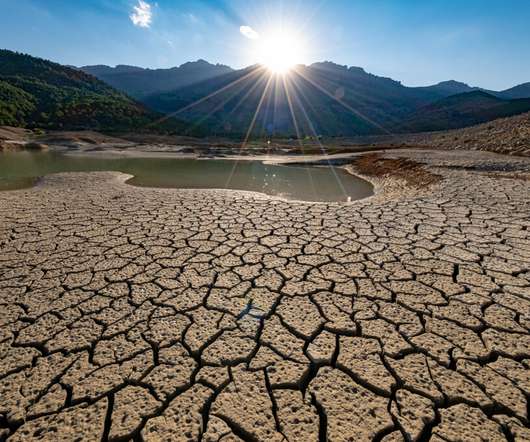New Book Review
Recovery Diva
OCTOBER 13, 2021
disaster management specialist, PDC Global. The intent is to raise awareness and sensitivity towards disaster-affected populations and stakeholders who may share different cultural norms, be in different cultural, physical, political, or emotional settings than the disaster managers.













Let's personalize your content